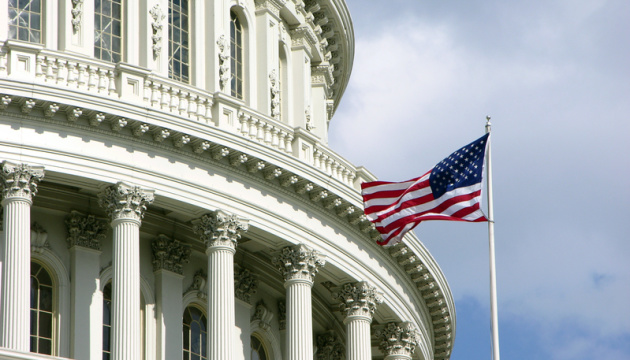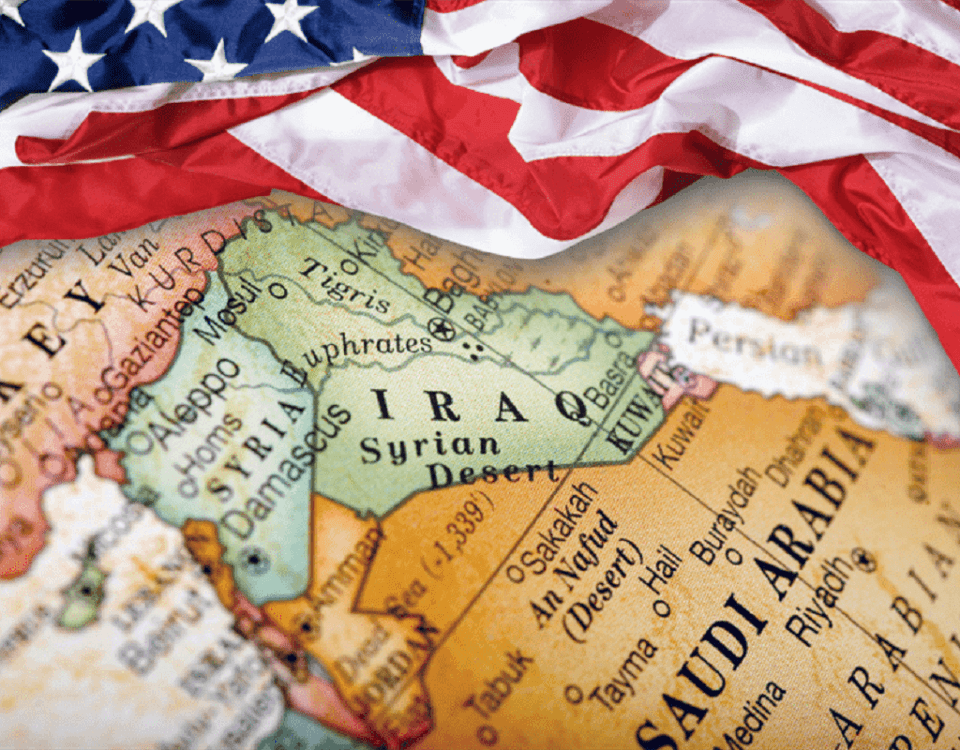
Will Diverse Economic Corridors Reduce the US Economic Influence?
September 26, 2023
Pakistan’s Biggest Security Concern: Water, Territory, or Economy?
September 28, 2023
By Fatima Mazhar
Comparing their current macroeconomic management in Afghanistan to their previous rule in the late 1990s, the Taliban have performed better than expected. This time, they’ve managed to keep the exchange rate steady, control inflation, effectively collect taxes, and boost exports. Contrary to their previous administration, which was marked by hyperinflation, low government revenue, economic stagnation, and weak social indicators, they have this time demonstrated some ability to rule and manage the economy.
Due to the experience gained during their insurgency, the Taliban were able to collect money, avoid imposing multiple taxes at checkpoints along the road, and issue permits. Additionally, they took over running government economic institutions that were destroyed in the 1990s civil war, such as the Ministry of Finance and the central bank. They have curbed capital flight and reduced corruption, particularly in the customs sector.
However, they were confronted with significant economic challenges, such as the abrupt cessation of aid, halts in global financial transactions, the failure of the banking system, sanctions, and frozen foreign exchange reserves. Afghanistan’s economy had already been crippled due to corruption by the previous government. After August 2021, Afghanistan’s GDP decreased by about 20%, worsening the country’s economic situation. There have recently been some signs of a modest economic recovery, such as an increase in imports in early 2023. However, the situation is still precarious, and urgent humanitarian aid is needed to stop a famine. In the first half of 2023, UN cash shipments for humanitarian programs in the nation reached $1 billion.
It is important to understand that the Taliban are not concerned with the welfare of common Afghans but rather the maintenance and expansion of the regime. Afghanistan’s government is ill-equipped to meet the needs of its citizens. Millions of people in Afghanistan now require food assistance and other forms of support as a result of the Taliban’s invasion of the country in August 2021. Two years following that, the situation is still terrible, and the Taliban’s harsh restrictions on Afghan women and girls’ daily lives have a particularly negative impact on them. The international community is still struggling to strike a balance between pressing Kabul to soften its hardline policies while also providing desperately needed aid. Afghans require urgent aid, but until its underlying economic problems are resolved, the nation will experience recurrent crises. According to a report, more than 29 million people need basic human necessities including food and access to clean drinking water. Diseases like cholera and tuberculosis are common. Moreover, 43 new cases of Crimean Congo Hemorrhagic Fever (CCHF) have been reported as of lately. The crucial agriculture sector in Afghanistan continues to be threatened by shocks from recurring drought and seasonal flooding, which also restricts access to clean water. The humanitarian response is also hampered by laws that restrict individual freedoms, particularly those of women and girls. The reality of the international community’s diminishing commitment to Afghanistan worsens these challenges.
According to a scholar, Afghanistan’s current humanitarian crisis is primarily a political one. Following the Taliban’s takeover, the government imposed several atrocious laws and regulations that had a devastating effect on the citizens, especially women, and girls. The international relations of the nation have been severely harmed by these policies, leading to political and economic isolation.
Western donors and international financial organizations, such as the World Bank have paused or significantly reduced funding for development programs as a sign of moral outrage. In the meantime, the immediate post-Taliban economic collapse has evolved into a long-term economic paralysis, largely due to excessive adherence to sanctions and banking sector de-risking, which was made worse by the leadership decisions of the nation. They have put into place policies that aim to eliminate the involvement of women and girls in public life, such as restrictions on girls’ education past the sixth grade and women’s employment in charitable organizations. Before the Kabul regime changed, women and girls in Afghanistan already faced greater risks to their safety and greater levels of humanitarian need. According to some studies, 62% of Afghan women experienced multiple forms of violence, with 87% having experienced at least one of these types. In 2023, when over 17 million people will be suffering from acute hunger, women and girls will be disproportionately affected and more likely to use risky coping mechanisms.
Addressing these problems in Afghanistan requires both domestic and international efforts. Humanitarian assistance is very crucial in these times. It is important to continue diplomatic efforts to support inclusive peace talks involving all Afghan parties. A comprehensive and harmonious agreement can contribute to national stability and lay the foundation for a more prosperous future. To ensure the delivery of aid and promote responsible governance, communication with the Taliban government is also essential. Moreover, respect for human rights, including women’s rights, and a commitment to battling terrorism should be requirements for this engagement. The restriction on women’s education can be very damaging to Afghanistan’s economic development. More schools should be established and women should be given free access to education. Afghan women should be empowered and their full participation in all the aspects of society should be encouraged. It is necessary to create a sustainable economic recovery plan. This could involve taking steps to strengthen the currency, draw in outside capital, and generate employment. In exchange for adherence to specific governance and human rights norms, the international community may offer financial support. The fight against corruption needs to be prioritized. It is possible to ensure that funds are distributed to the intended recipients by putting in place open financial systems, strict accounting, and anti-corruption measures. There are no short-term solutions for Afghanistan’s enormous problems but there is hope for a better future if the international community and the Taliban cooperate and help Afghan people.
The writer is a student of International Relations.







